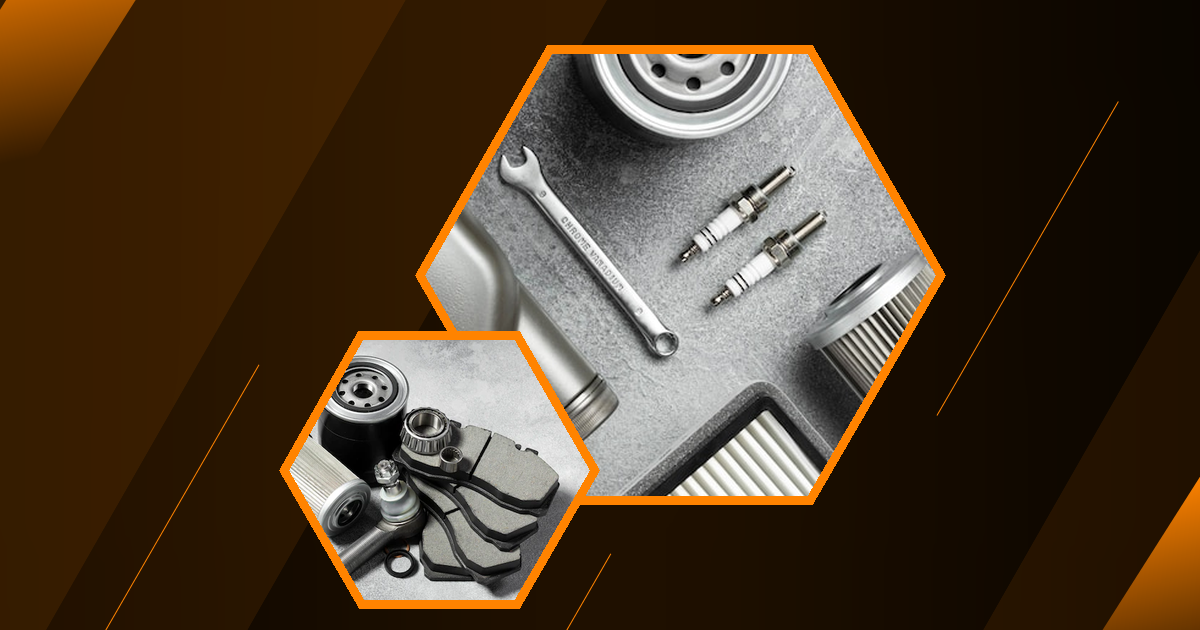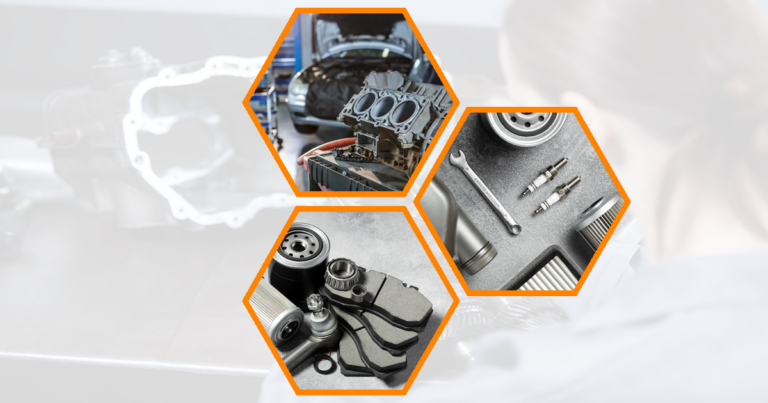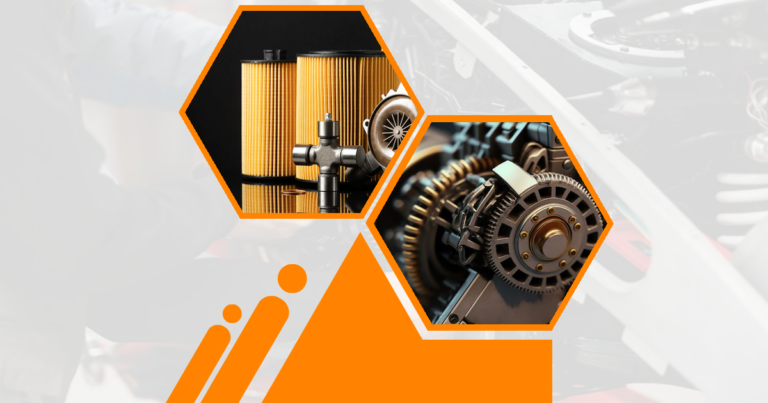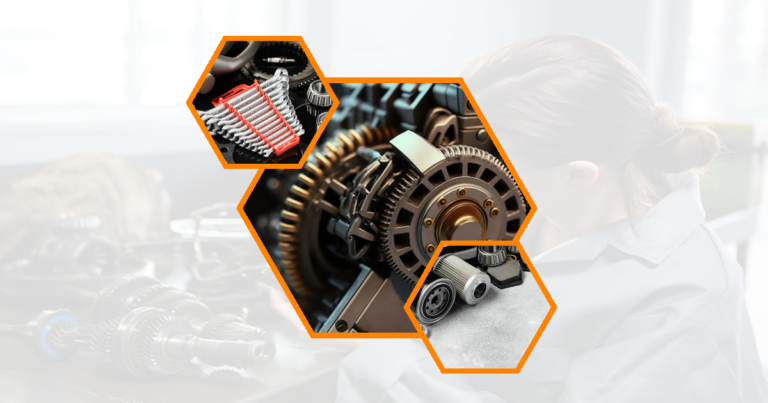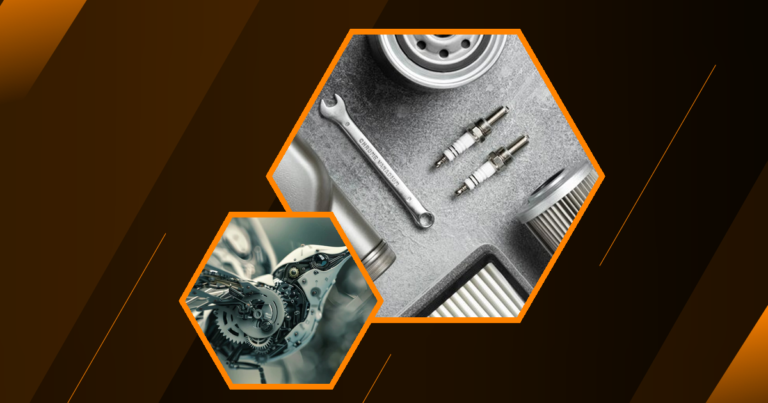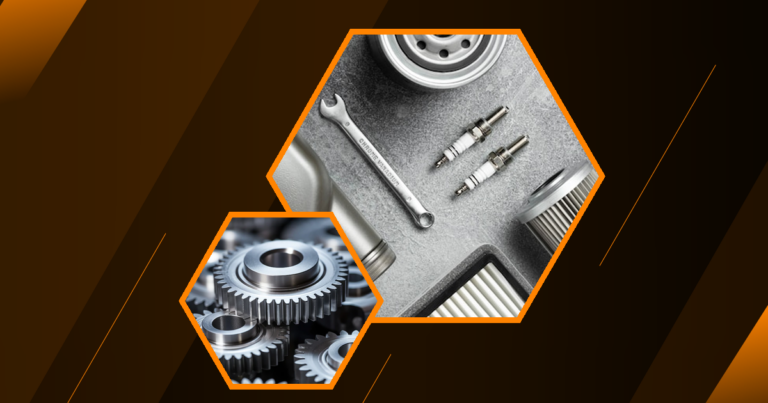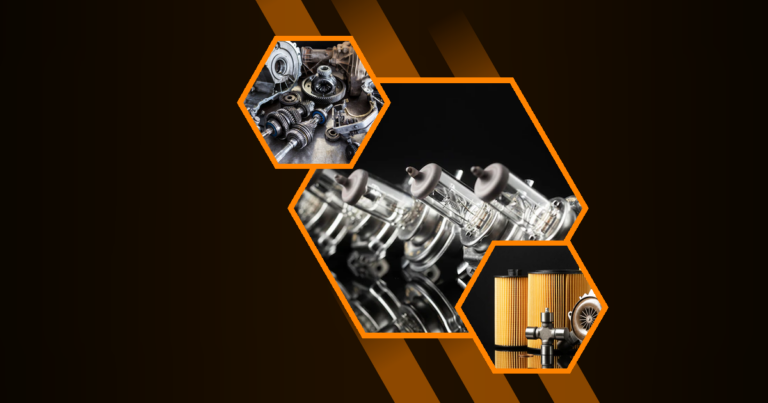Manual transmission, often referred to as a stick shift, is a type of transmission used in motor vehicles that requires the driver to manually shift gears. The basic components of a manual transmission include the clutch pedal, gear stick, and the gearbox. The clutch pedal is used to engage and disengage the engine from the transmission system, allowing the driver to change gears. The gear stick, or shifter, is used to select the desired gear. The gearbox contains the gears that are engaged and disengaged to control the vehicle’s speed and torque.
- Clutch Pedal : Engages and disengages the engine from the transmission.
- Gear Stick : Used to select gears.
- Gearbox : Contains the gears for speed and torque control.
History and Evolution of Manual Transmissions
Manual transmissions have a rich history, dating back to the early 20th century. Initially, vehicles were equipped with unsynchronized transmissions, requiring double-clutching to change gears. Over time, advancements led to the development of synchromesh transmissions, which simplified gear shifting. Despite the rise of automatic transmissions, manual transmissions remain popular among driving enthusiasts for their control and engagement.
- Early 20th Century : Introduction of unsynchronized transmissions.
- Synchromesh Development : Simplified gear shifting.
- Current Popularity : Favored by driving enthusiasts.
How Does a Manual Transmission Work
Clutch Operation and Gear Shifting Process
The clutch operation is crucial in a manual transmission. When the clutch pedal is pressed, it disengages the engine from the transmission, allowing the driver to shift gears. Releasing the pedal re-engages the engine, transferring power to the wheels. The gear shifting process involves moving the gear stick to select the appropriate gear, which changes the gear ratio and affects the vehicle’s speed and torque.
- Clutch Pedal : Disengages and re-engages the engine.
- Gear Stick Movement : Selects the appropriate gear.
- Gear Ratio Change : Affects speed and torque.
Synchronization Mechanism
The synchronization mechanism in a manual transmission ensures smooth gear changes. Synchromesh gears are designed to match the speed of the gear being engaged with the speed of the gear already in motion. This synchronization prevents grinding and allows for seamless transitions between gears.
- Synchromesh Gears : Match gear speeds.
- Prevents Grinding : Ensures smooth transitions.
- Seamless Gear Changes : Enhances driving experience.
Power Flow in Manual Transmissions
In a manual transmission, power flows from the engine to the transmission via the clutch. The selected gear determines the power output to the wheels. Lower gears provide more torque for acceleration, while higher gears offer greater speed. This power flow is controlled by the driver, allowing for precise control over the vehicle’s performance.
- Engine to Transmission : Power flow via the clutch.
- Gear Selection : Determines power output.
- Driver Control : Precise performance management.
Types of Manual Transmissions
Constant-Mesh Transmission
Constant-mesh transmissions have all gears constantly meshed together, but only one gear is engaged at a time. This design reduces wear and tear on the gears and allows for smoother shifting. The driver uses the gear stick to engage the desired gear, while the others remain in constant mesh.
- All Gears Meshed : Reduces wear and tear.
- Smooth Shifting : Enhanced driving experience.
- Driver Engagement : Selects desired gear.
Sliding-Gear Transmission
Sliding-gear transmissions, also known as crash gearboxes, require the driver to manually slide gears into place. This type of transmission is less common due to its complexity and the skill required to operate it. It is primarily found in older vehicles and some heavy machinery.
- Manual Gear Sliding : Requires skill.
- Less Common : Found in older vehicles.
- Complex Operation : Demands driver expertise.
Synchromesh Transmission
Synchromesh transmissions are the most common type of manual transmission in modern vehicles. They use synchronizers to match gear speeds, allowing for smooth and easy gear changes. This design eliminates the need for double-clutching and is favored for its user-friendly operation.
- Synchronizers : Match gear speeds.
- Smooth Gear Changes : User-friendly operation.
- Modern Vehicles : Most common type.
How to Care for Your Manual Transmission
Regular Maintenance Tips
Regular maintenance is essential for the longevity of a manual transmission. This includes checking and replacing transmission fluid, inspecting the clutch for wear, and ensuring the gearbox is properly lubricated. Regular maintenance can prevent costly repairs and extend the life of the transmission.
- Fluid Checks : Ensure proper lubrication.
- Clutch Inspection : Check for wear.
- Preventive Maintenance : Extends transmission life.
Fluid Checks and Replacement
Transmission fluid is vital for the smooth operation of a manual transmission. It lubricates the gears and prevents overheating. Regularly checking and replacing the fluid as needed can prevent damage and ensure optimal performance.
- Lubrication : Prevents overheating.
- Regular Checks : Maintain performance.
- Fluid Replacement : Prevents damage.
Common Issues and Troubleshooting
Common issues with manual transmissions include grinding gears, slipping clutches, and difficulty shifting. Troubleshooting these problems often involves checking the clutch adjustment, inspecting the transmission fluid, and ensuring the synchronizers are functioning properly.
- Grinding Gears : Check synchronizers.
- Slipping Clutch : Inspect adjustment.
- Shifting Difficulty : Ensure fluid levels.
Advantages of Manual Transmission
Improved Fuel Efficiency
Manual transmissions often offer better fuel efficiency compared to automatics. This is because they allow the driver to control the engine’s RPM and shift gears at optimal points, reducing fuel consumption.
- Driver Control : Optimize RPM.
- Reduced Consumption : Better efficiency.
- Cost Savings : Lower fuel expenses.
Greater Control and Driving Engagement
Manual transmissions provide greater control over the vehicle, allowing drivers to select the appropriate gear for different driving conditions. This level of engagement is favored by driving enthusiasts who enjoy the tactile experience of shifting gears.
- Gear Selection : Tailored to conditions.
- Driving Experience : Enhanced engagement.
- Enthusiast Preference : Tactile enjoyment.
Lower Maintenance Costs
Manual transmissions generally have lower maintenance costs compared to automatics. They have fewer components, reducing the likelihood of mechanical failure. Additionally, repairs are often simpler and less expensive.
- Fewer Components : Reduced failure risk.
- Simpler Repairs : Lower costs.
- Cost-Effective : Budget-friendly maintenance.
Disadvantages of Manual Transmission
Learning Curve for New Drivers
Learning to drive a manual transmission can be challenging for new drivers. It requires coordination between the clutch, gear stick, and accelerator, which can be difficult to master initially.
- Coordination Required : Clutch, gear stick, accelerator.
- Challenging for Beginners : Steeper learning curve.
- Skill Development : Requires practice.
Potential for Clutch Wear and Replacement
Manual transmissions are prone to clutch wear, especially if not operated correctly. Replacing a worn clutch can be costly, making it important for drivers to use proper techniques to extend its lifespan.
- Clutch Wear : Prone to damage.
- Costly Replacement : Expensive repairs.
- Proper Techniques : Extend lifespan.
Limited Availability in Modern Vehicles
As automatic transmissions become more prevalent, manual transmissions are becoming less common in new vehicles. This limited availability can make it difficult for enthusiasts to find a suitable manual car.
- Prevalence of Automatics : Reduced manual options.
- Enthusiast Challenge : Finding suitable vehicles.
- Market Shift : Decreasing availability.
Things to Consider When Driving a Standard Manual Transmission
Proper Clutch Engagement Techniques
Proper clutch engagement is crucial for smooth driving. Drivers should press the clutch pedal fully before shifting gears and release it gradually to avoid stalling or jerking.
- Full Pedal Press : Before shifting.
- Gradual Release : Prevents stalling.
- Smooth Driving : Avoids jerking.
Hill Starts and Traffic Management
Hill starts can be challenging in a manual transmission. Drivers should use the handbrake to prevent rolling back and release it gradually while engaging the clutch and accelerator. In traffic, maintaining a safe distance and anticipating stops can prevent frequent gear changes.
- Handbrake Use : Prevents rollback.
- Gradual Release : Engages clutch and accelerator.
- Traffic Anticipation : Reduces gear changes.
Downshifting and Engine Braking
Downshifting and engine braking are techniques used to control speed without relying solely on the brakes. This involves shifting to a lower gear to use the engine’s resistance to slow the vehicle, which can be useful on steep descents.
- Lower Gear Shifting : Controls speed.
- Engine Resistance : Reduces brake use.
- Steep Descents : Effective control.
Who Should Consider a Manual Transmission
Driving Enthusiasts and Performance Car Owners
Driving enthusiasts and performance car owners often prefer manual transmissions for the control and engagement they offer. The tactile experience of shifting gears enhances the driving experience, making it more enjoyable.
- Control and Engagement : Enhanced experience.
- Tactile Shifting : Enjoyable driving.
- Enthusiast Preference : Favored choice.
Budget-Conscious Buyers
Manual transmissions can be a cost-effective choice for budget-conscious buyers. They often have lower purchase prices and maintenance costs compared to automatics, making them an economical option.
- Lower Purchase Price : Cost-effective.
- Reduced Maintenance : Budget-friendly.
- Economical Option : Affordable choice.
Those Seeking a More Engaging Driving Experience
Individuals seeking a more engaging driving experience may opt for a manual transmission. The involvement required in gear shifting and clutch operation provides a sense of connection with the vehicle.
- Involvement Required : Engaging experience.
- Connection with Vehicle : Enhanced enjoyment.
- Driving Engagement : Preferred by some.
Manual vs. Automatic Transmission: Key Differences
Driving Experience and Control
Manual transmissions offer a more involved driving experience, allowing for greater control over gear selection and engine performance. In contrast, automatic transmissions provide convenience and ease of use, with the vehicle handling gear changes.
- Involved Experience : Manual control.
- Convenience : Automatic ease.
- Gear Selection : Driver vs. vehicle.
Fuel Efficiency Comparison
Manual transmissions typically offer better fuel efficiency due to the driver’s ability to optimize gear shifts. However, advancements in automatic transmission technology have narrowed this gap, with some automatics now matching or exceeding manual efficiency.
- Driver Optimization : Manual advantage.
- Technological Advancements : Automatic improvements.
- Efficiency Gap : Narrowing differences.
Maintenance and Repair Costs
Manual transmissions generally have lower maintenance and repair costs due to their simpler design and fewer components. Automatic transmissions, with their complex systems, can be more expensive to maintain and repair.
- Simpler Design : Manual cost savings.
- Complex Systems : Automatic expenses.
- Cost Comparison : Manual advantage.
Future of Manual Transmissions
Declining Popularity and Market Trends
The popularity of manual transmissions is declining as automatic transmissions become more advanced and prevalent. Market trends indicate a shift towards automatics, with fewer manufacturers offering manual options.
- Popularity Decline : Manual reduction.
- Market Shift : Automatic preference.
- Manufacturer Offerings : Fewer manuals.
Innovations in Manual Transmission Technology
Despite declining popularity, innovations in manual transmission technology continue. These include advancements in clutch design and gear synchronization, aimed at improving performance and ease of use.
- Clutch Design : Technological advancements.
- Gear Synchronization : Improved performance.
- Ease of Use : Enhanced operation.
Electric Vehicles and the Impact on Manual Transmissions
The rise of electric vehicles (EVs) poses a challenge for manual transmissions, as EVs typically use single-speed transmissions. This shift towards electrification may further reduce the demand for manual transmissions in the future. Spark ignition fundamentals Automotive inventory management helps car dealerships keep track of their vehicles and parts It ensures they have the right cars and supplies available when customers want to buy them
Wheel guides automobile help cars stay on the right path They make sure vehicles move smoothly and safely on roads Genuine parts verification helps make sure car parts are real and not fake It protects your car from damage caused by using wrong or low-quality parts
Engine components comparison Different engines have various parts that work together and comparing these parts helps us understand how each engine functions and performs Camshaft engine component The
Vehicle oscillation reducers help make car rides smoother They stop the bouncing and shaking that can happen when driving Disc brake analysis helps us understand how well brakes work on vehicles It looks at things like heat friction and wear to make brakes safer and last longer
- EV Rise : Challenge for manuals.
- Single-Speed Transmissions : EV standard.
- Future Demand : Potential reduction.
Manual Transmission Driving Tips for Beginners
Mastering the Clutch and Gear Shifts
Beginners should focus on mastering the clutch and gear shifts to drive a manual transmission smoothly. Practicing in a safe environment can help develop the coordination needed for seamless gear changes.
- Focus on Clutch : Key to smooth driving.
- Safe Practice : Develop coordination.
- Seamless Changes : Essential skill.
Common Mistakes to Avoid
Common mistakes for beginners include riding the clutch, shifting too early or too late, and not fully engaging the clutch. Avoiding these errors can prevent damage to the transmission and improve driving proficiency.
- Riding the Clutch : Avoid damage.
- Shift Timing : Correct engagement.
- Driving Proficiency : Improve skills.
Practice Exercises for New Manual Drivers
New manual drivers can benefit from practice exercises such as starting on a hill, smooth gear transitions, and parking maneuvers. These exercises build confidence and improve driving skills.
- Hill Starts : Build confidence.
- Smooth Transitions : Improve skills.
- Parking Maneuvers : Enhance proficiency.
FAQs
What are the benefits of driving a manual car?
Driving a manual car offers several benefits, including improved fuel efficiency and greater control over the vehicle. Manual transmissions allow drivers to optimize gear shifts for better performance and fuel economy. Additionally, they provide a more engaging driving experience, favored by enthusiasts.
Is it hard to drive a manual transmission car?
Driving a manual transmission car can be challenging for beginners due to the coordination required between the clutch, gear stick, and accelerator. However, with practice, most drivers can master the skills needed for smooth operation. The learning curve varies, but many find it rewarding once they become proficient.
Are manual transmissions more reliable than automatics?
Manual transmissions are often considered more reliable than automatics due to their simpler design and fewer components. This simplicity reduces the likelihood of mechanical failure and can result in lower maintenance costs. However, reliability can vary based on the vehicle and how well the transmission is maintained.
